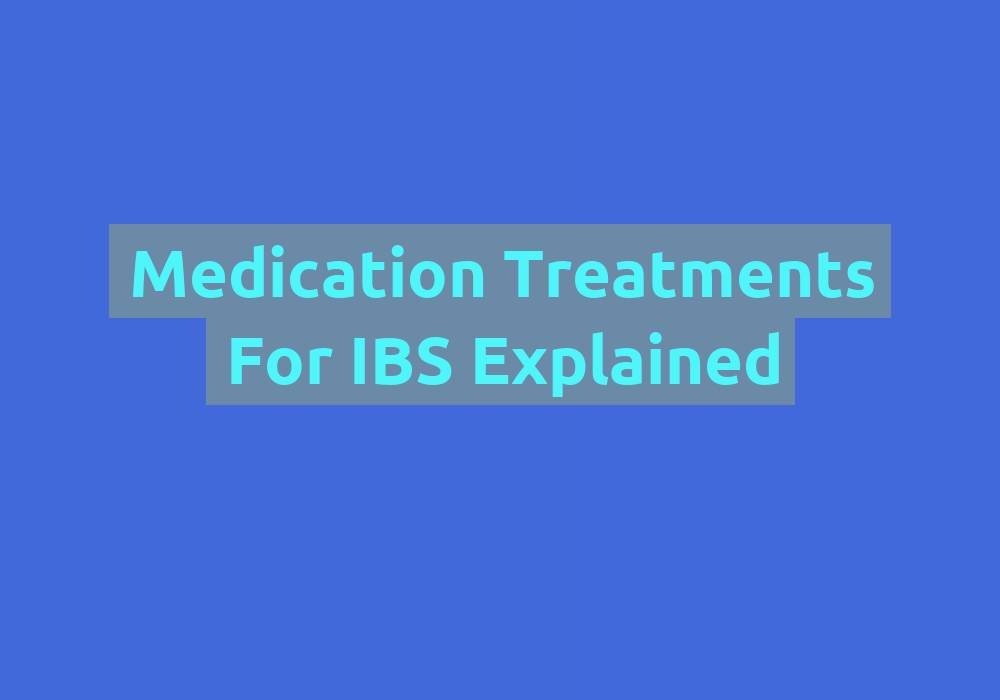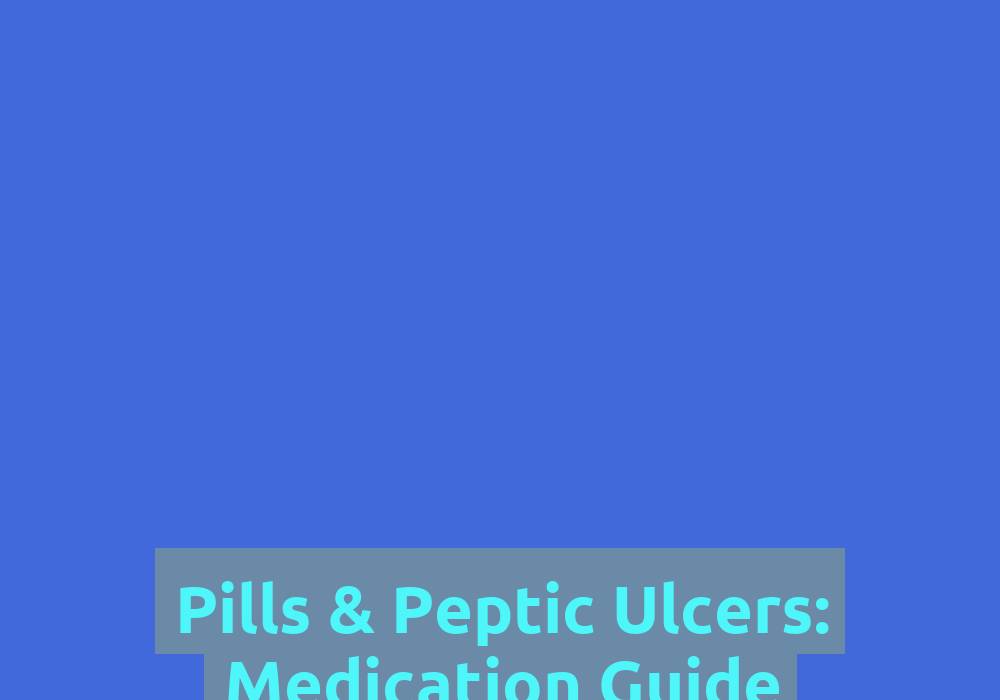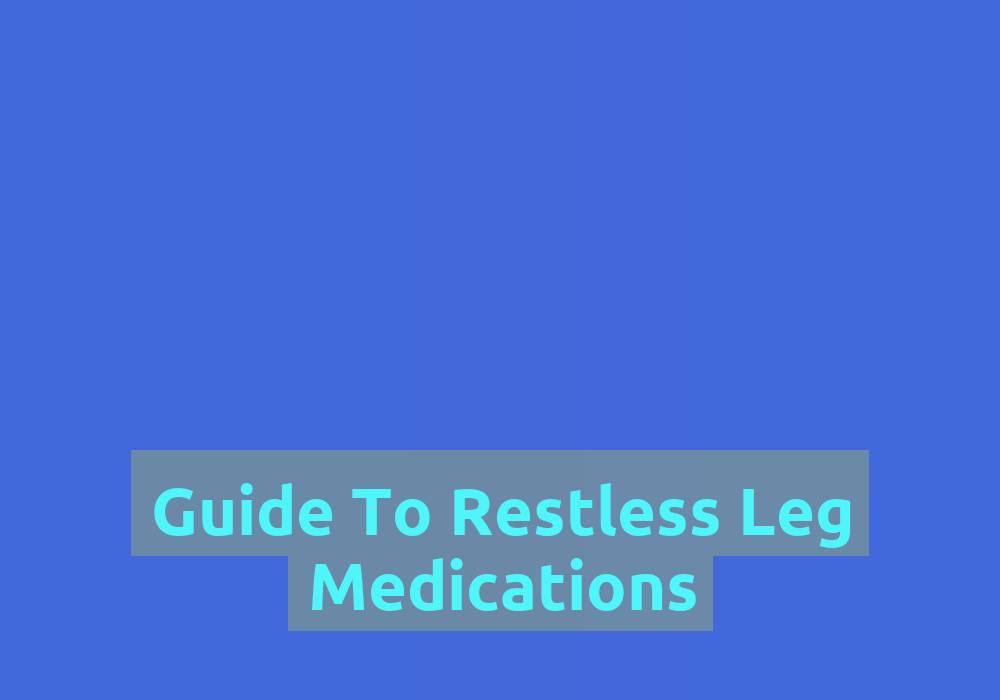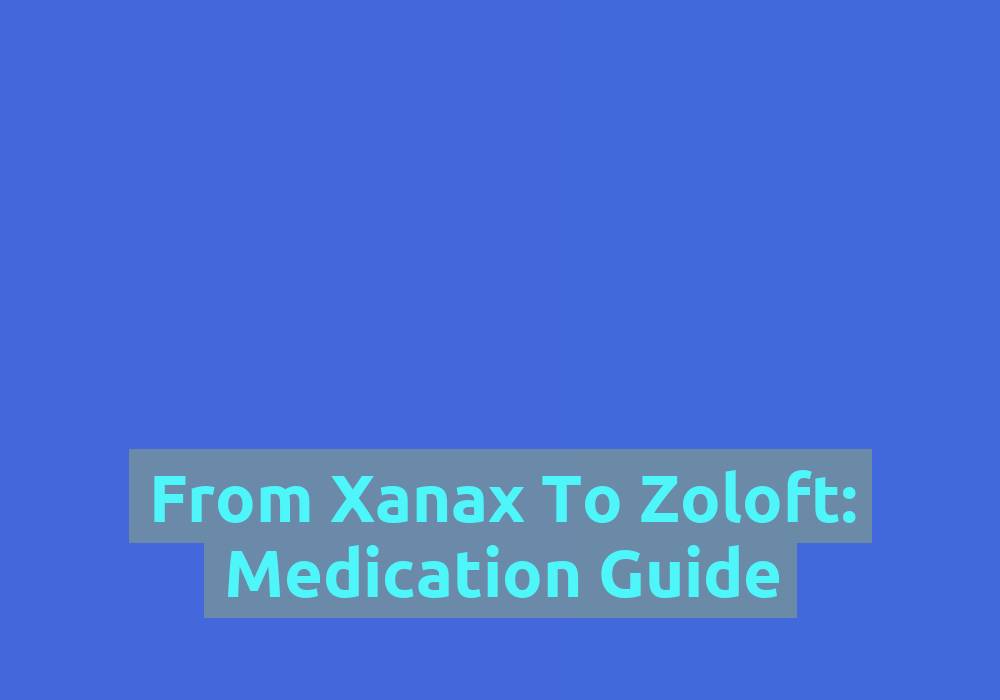The Inside Scoop on Blood Pressure Medication
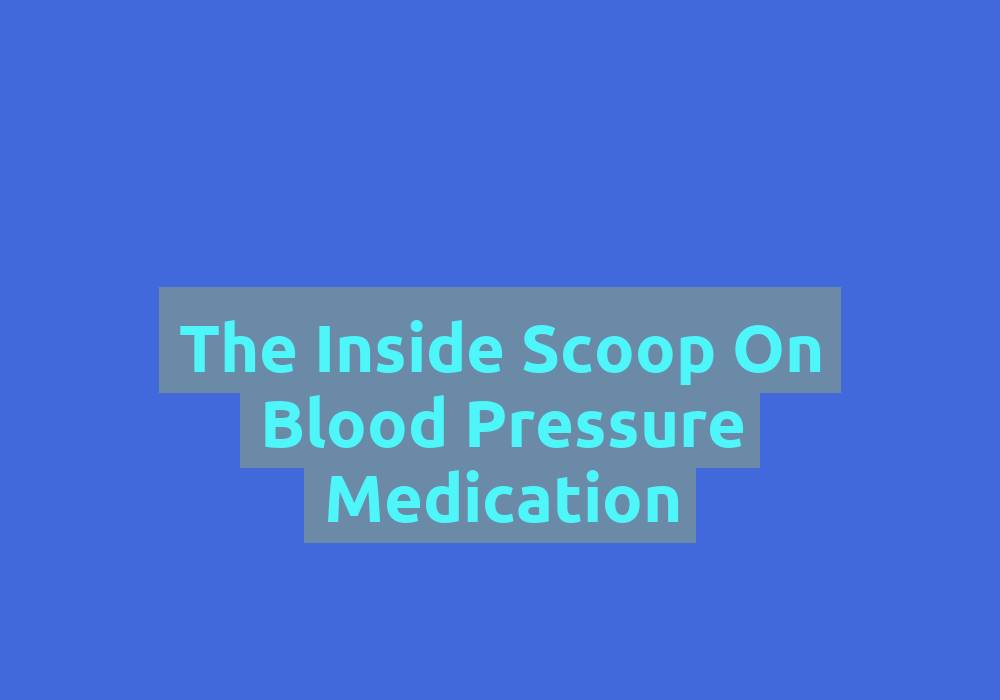
High blood pressure, also known as hypertension, is a serious health condition that affects millions of people worldwide. If left untreated, it can lead to severe health complications such as heart disease, stroke, and kidney problems. Fortunately, there are various medications available to help control and manage blood pressure levels. In this article, we will explore the different types of blood pressure medication, how they work, potential side effects, and other important considerations.
Types of Blood Pressure Medication
-
Diuretics: Diuretics, also known as water pills, are often prescribed as a first-line treatment for high blood pressure. These medications work by increasing the excretion of sodium and fluid from the body, which leads to a decrease in blood volume and ultimately lowers blood pressure. They are particularly effective in treating hypertension caused by excess fluid in the body or kidney problems. Commonly prescribed diuretics include hydrochlorothiazide, chlorthalidone, and furosemide.
-
Beta-Blockers: Beta-blockers help reduce blood pressure by blocking the effects of adrenaline on the heart. By doing so, they slow down the heart rate and decrease the force of contraction, resulting in lower blood pressure. Beta-blockers are commonly prescribed for individuals with a history of heart disease or arrhythmias. Some commonly prescribed beta-blockers include metoprolol, propranolol, and atenolol.
-
Angiotensin-Converting Enzyme (ACE) Inhibitors: ACE inhibitors work by blocking the production of angiotensin II, a hormone that causes blood vessels to narrow, leading to increased blood pressure. By inhibiting this hormone, ACE inhibitors help relax and widen blood vessels, reducing blood pressure. They are often prescribed for individuals with diabetes or kidney disease, as they provide additional protective effects for these conditions. Examples of ACE inhibitors include lisinopril, enalapril, and ramipril.
-
Angiotensin II Receptor Blockers (ARBs): ARBs, similar to ACE inhibitors, help relax and widen blood vessels. However, instead of blocking the production of angiotensin II, ARBs prevent its action by binding to its receptors. This results in lowered blood pressure. ARBs are commonly prescribed for individuals who cannot tolerate ACE inhibitors or have certain types of heart failure. Common ARBs prescribed include losartan, valsartan, and irbesartan.
-
Calcium Channel Blockers: Calcium channel blockers prevent calcium from entering the smooth muscle cells of blood vessels and the heart. By doing so, they relax and widen blood vessels, making it easier for blood to flow and reducing blood pressure. Calcium channel blockers are often prescribed for individuals with certain heart conditions, such as angina or arrhythmias. Amlodipine, nifedipine, and diltiazem are some commonly prescribed calcium channel blockers.
-
Alpha-Blockers: Alpha-blockers work by blocking the effects of adrenaline on the smooth muscle cells of blood vessels. This causes the blood vessels to relax and widen, resulting in lower blood pressure. Alpha-blockers are commonly prescribed for individuals with enlarged prostate glands or certain types of kidney stones. Some commonly prescribed alpha-blockers include doxazosin, prazosin, and terazosin.
It is important to note that the choice of blood pressure medication depends on various factors, including the individual’s overall health, any existing medical conditions, and potential drug interactions. Consulting with a healthcare professional is crucial in determining the most suitable treatment option.
Considerations and Side Effects
While blood pressure medications can be highly effective, it is important to consider various factors and potential side effects before starting any treatment. Here are some important considerations:
-
Consultation with a Healthcare Professional: It is crucial to consult with a healthcare professional, such as a doctor or a pharmacist, before starting any blood pressure medication. They can assess your individual condition, discuss potential side effects, and determine the most suitable treatment option for you. They will take into account factors such as your overall health, existing medical conditions, and any other medications you may be taking.
-
Possible Side Effects: Although blood pressure medications are generally safe, they can cause side effects in some individuals. Common side effects include dizziness, fatigue, headaches, and dry cough. It is important to report any unusual or severe side effects to your healthcare provider. They can evaluate whether the side effects are tolerable or if adjustments to the medication are necessary.
-
Drug Interactions: Some blood pressure medications may interact with other medications or supplements you are taking. It is essential to inform your healthcare provider about all the medications you are currently using to avoid any potential interactions or adverse effects. They can assess the potential interactions and adjust your treatment plan accordingly to ensure your safety and the effectiveness of the medications.
-
Lifestyle Modifications: Blood pressure medications should be complemented with healthy lifestyle changes. This includes consuming a balanced diet low in sodium, engaging in regular physical activity, maintaining a healthy weight, limiting alcohol consumption, and quitting smoking. These lifestyle modifications can significantly contribute to the effectiveness of the medication and help lower blood pressure levels.
-
Monitoring Blood Pressure: Regular monitoring of blood pressure is crucial when taking medication. This allows healthcare professionals to evaluate the effectiveness of the treatment and adjust the dosage if necessary. Monitoring can be done at home using a blood pressure monitor or during regular check-ups with your healthcare provider. It is important to follow the recommended monitoring schedule and report any significant changes in blood pressure readings.
-
Compliance with Medication: To achieve optimal results, it is important to take blood pressure medications as prescribed by your healthcare provider. Skipping doses or stopping the medication abruptly can lead to fluctuations in blood pressure and may compromise your overall health. It is essential to adhere to the prescribed dosage and schedule, even if you start feeling better or experience no symptoms. Regularly refilling your medication and setting reminders can help ensure compliance.
Conclusion
Blood pressure medication plays a vital role in managing and controlling high blood pressure. The choice of medication depends on various factors, including your individual condition and any existing health concerns. By working closely with a healthcare professional, understanding the different types of medication available, and making necessary lifestyle modifications, you can effectively control your blood pressure and reduce the risk of developing serious health complications. Remember to adhere to your treatment plan, monitor your blood pressure regularly, and communicate any concerns or side effects to your healthcare provider for optimal management of your blood pressure.
FAQ
-
What are diuretics and how do they work?
Diuretics, also known as water pills, are medications that increase the excretion of sodium and fluid from the body. They decrease blood volume and ultimately lower blood pressure. They are effective in treating hypertension caused by excess fluid or kidney problems.
-
How do beta-blockers lower blood pressure?
Beta-blockers reduce blood pressure by blocking the effects of adrenaline on the heart. They slow down the heart rate and decrease the force of contraction, resulting in lower blood pressure. Beta-blockers are commonly prescribed for individuals with a history of heart disease or arrhythmias.
-
What do ACE inhibitors do to lower blood pressure?
ACE inhibitors block the production of angiotensin II, a hormone that causes blood vessels to narrow and increases blood pressure. By inhibiting this hormone, ACE inhibitors help relax and widen blood vessels, reducing blood pressure. They are often prescribed for individuals with diabetes or kidney disease.
-
What are the side effects of blood pressure medications?
Common side effects of blood pressure medications include dizziness, fatigue, headaches, and dry cough. It is important to report any unusual or severe side effects to your healthcare provider. They can evaluate whether the side effects are tolerable or if adjustments to the medication are necessary.
